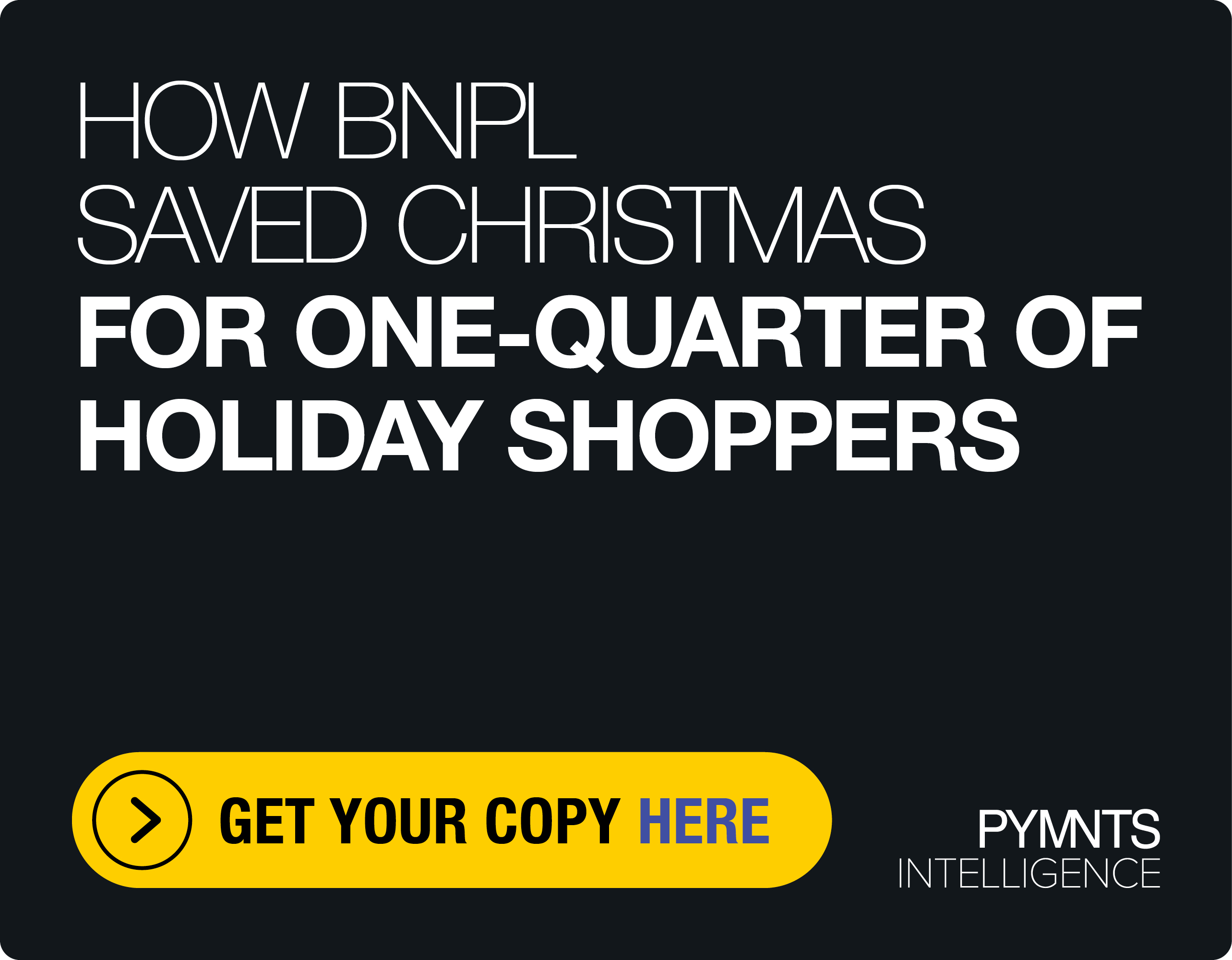How ISO 20022 Can Boost Interoperability, Intelligence

Legacy infrastructure used by traditional banks and innovations offered by FinTechs don’t often speak the same language. To get the two working in harmony, says George Throckmorton, managing director of NACHA’s Advanced Payments Solutions Group, the industry needs to implement a common standard. In the interoperability edition of Smarter Payments Tracker™, Throckmorton discusses how adoption of the ISO 20022 standard could snowball into broader adoption for global financial services, and why the trend could lead to safer, speedier payments.
Payments are getting faster, safer and smarter, as players ranging from established FIs to FinTechs work to move money in better ways than they did before.
Old or new, traditional FIs share a common problem: They still rely on legacy infrastructure, but digital-native FinTechs do not. This makes interoperability that much more difficult to achieve.
It’s almost as if these various players are all speaking different languages, according to George Throckmorton, managing director of NACHA, The Electronic Payments Association, who equated the payments industry to a digital Tower of Babel. What these financial players need is a common language, a standard set of rules and operating procedures that they can use to work together efficiently.
Throckmorton and his team at NACHA believe that ISO 20022, developed by the International Organization for Standardization (ISO), could be that common language.
“When you think about interoperability, a key element of that is standardization,” Throckmorton explained. “If you don’t have standardization, it’s just not going to work. At the highest level, standardization is an agreement to treat things the same, have the same definitions for terms and be able to work together efficiently. That’s the basic promise and potential of ISO.”
The success of a standard system remains dependent on its adoption across the financial services space, however. If enough financial system stakeholders don’t adopt and embrace a standard system of working together, it won’t matter how fast or safe payments get, he said.
PYMNTS recently caught up with Throckmorton to learn more about both the challenges standing in the way of standardization and the benefits a shared language could offer.
Standardizing Payment Technology for Smarter, Safer Payments
ISO 20022 is designed as a global messaging standard that can be used by all financial standards initiatives. Originally debuted in 2004 and revised in 2013, it is intended to serve as a common platform for payments messaging between systems in the financial industry. It recommends converting credit and debit transactions into ACH transactions, and offers standardized guidance for translating ACH reject/return messages.
According to Throckmorton, this consistency and commonality of messaging helps to make payments faster and cheaper for financial players.
“ISO is about interoperability, but the selling point for standardization is also one of great efficiency,” he said. “There are a lot of costs built into the services today, and standardization can help reduce those costs and make things move more quickly.”
In addition, standardization has the potential to make these payments safer, despite the advanced speed.
“There’s also a chance to reduce risks from things like fraud through standardization,” Throckmorton noted. “When you combine those two things [efficiency and security], those, alone, are pretty good incentives — companies really are willing to invest in those areas.”
Putting a Standard in Place
While standardizing a shared language could help to make payments speedier and safer, actually putting those standards in place is often easier said than done. Implementation requires FIs and other players to get onboard the ISO 20022 bandwagon en masse, something that many are hesitant to do, Throckmorton said.
“There are so many financial institutions and players, and it isn’t just banks or credit unions,” he said. “You also have to include processors and other technical companies, like IBM, or Microsoft, Intuit, First Data or FIS — the list goes on and on. They all need to be involved as well, because they’re building the products those financial institutions are using.”
To that end, Throckmorton and his team have been working to promote adoption of ISO 20022 among financial services companies. So far, that’s included several initiatives to help players understand ISO 20022 and the benefits it offers.
The association has created a resource center for information and news about ISO and the companies adopting it. It has also developed an ISO 20022 mapping and validator tool to support businesses looking to leverage the new standard as they transition into using it. NACHA also has a remittance tool that allows businesses to more safely and securely transmit ISO 20022-approved remittance info for business-to-business (B2B) transactions.
The tide is finally beginning to turn, however. Throckmorton said the ISO messaging standard has already been adopted in more than 70 countries around the world, though adoption in the U.S. lags behind that seen in Europe and Asia.
More players within the U.S. financial services space are beginning to buy into ISO and industry standardization, as they have started to see an increase in the benefits of a common language. A report from the Business Payments Coalition found “ample evidence that U.S. corporations and banks are using ISO 20022.” Thirty-nine percent of surveyed companies were “very familiar” with the standards, with most adopters being large corporations and multinational businesses.
All told, analysts predict that ISO 20022 will support 79 percent of payment volume and 87 percent of transactions around the world within the next five years. Throckmorton is hopeful that the market for standardized payment products will continue to evolve and grow as more players adopt ISO 20022 going forward.
“Without a mandate, without a law — which we don’t have in this country, but others do — that requires all players to use a specific standard, you really are left up to the market,” he said. “When you think about how that will grow, you really want that snowball effect, where additional companies come on and continue to use ISO, and that brings more companies in and the whole thing continues to feed on itself.”
This widespread adoption is what will enable ISO to truly become that shared language for financial players around the space, and help push new payment technologies forward. After all, how payments are handled is changing — and they could be changed for the better with standardization and interoperability.
About the Tracker™
The Smarter Payments Tracker™, powered by FIS, is a bimonthly report that looks at how payment systems are evolving to be become faster, transmit data, offer interoperability between systems and more to improve the payer and payee experience.
